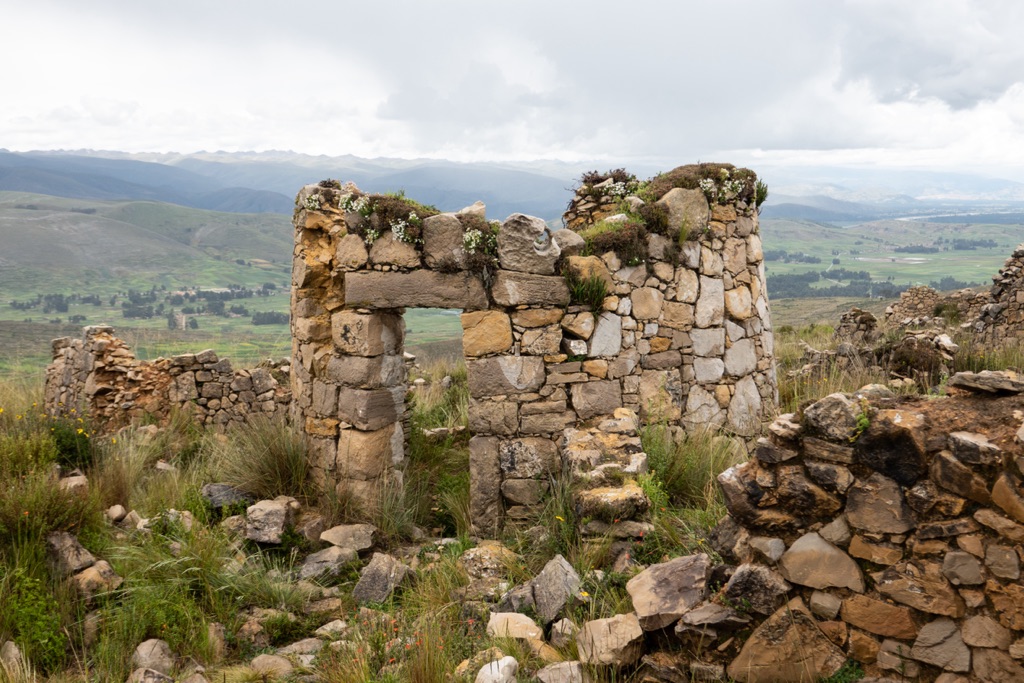Tunanmarca is a pre-Columbian archaeological site located in the Jauja Province of Peru. It stands as a testament to the Xauxa culture, which thrived in the region before the Inca conquest. The site features an extensive complex of stone structures, including circular dwellings, storage facilities, and fortifications. Its strategic location and architectural design suggest it was a significant administrative and defensive center. The ruins of Tunanmarca offer valuable insights into the social and cultural dynamics of pre-Inca civilizations in the Andes.
Get your dose of History via Email
Historical Background of Tunanmarca
Archaeologists discovered Tunanmarca in the 20th century, but it wasn’t until recent decades that extensive research began. The Xauxa people, known for their masonry skills, built this site. They inhabited it before the Inca Empire’s expansion. The Incas later conquered the area, integrating Tunanmarca into their vast territory. Despite this, the site retains its distinct Xauxa identity. It was not the scene of any famous historical events but remains an important cultural heritage site.
The exact date of Tunanmarca’s construction remains unclear. However, it likely dates back to the Late Intermediate Period (1000-1400 AD). The Xauxa culture’s influence is evident in the site’s layout and construction techniques. After the Inca conquest, there is evidence of continued habitation. The Incas may have used the site for administrative purposes, given its strategic location.
Tunanmarca’s discovery did not come with the fanfare of other archaeological finds. It was local historians and archaeologists who recognized its significance. They have been piecing together its history ever since. The site’s remote location has helped preserve it from modern encroachment, allowing for a clearer historical analysis.
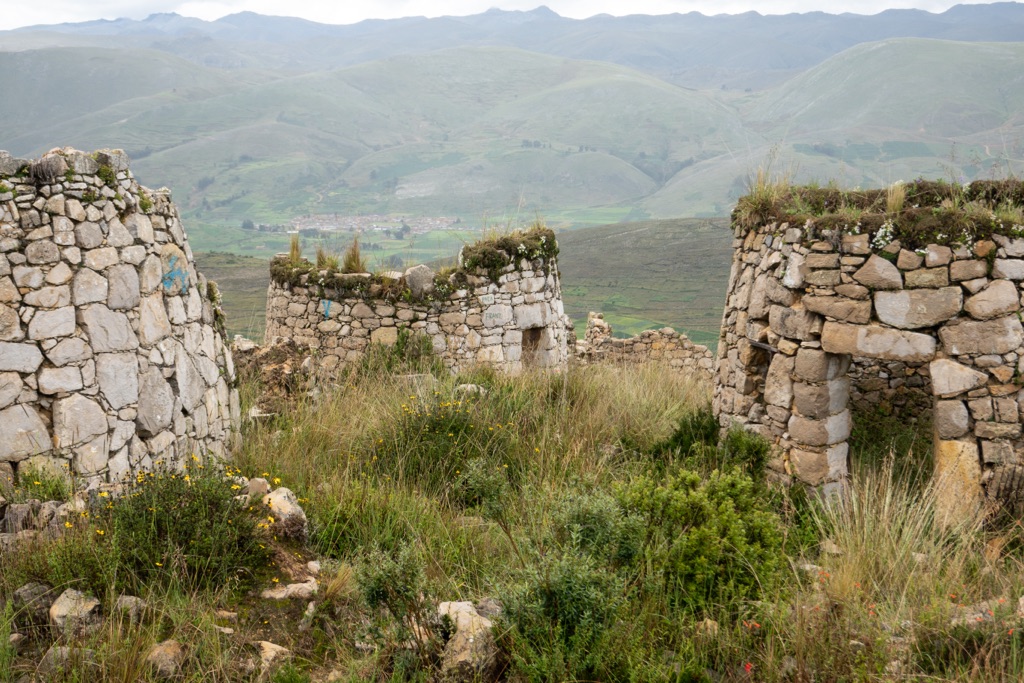
The site’s architecture suggests it was a fortified city, prepared for potential conflicts. The circular stone dwellings are unique, differing from the rectangular buildings of the Incas. This indicates a strong cultural identity among the Xauxa people. The fortifications and strategic position overlooking the Mantaro Valley also point to its importance in regional defense.
While Tunanmarca may not have been the scene of significant historical battles or events, its value lies in its cultural representation. It provides a window into the life of the Xauxa people and their eventual integration into the Inca Empire. The site continues to be a focus for archaeological study, revealing more about pre-Columbian Andean societies.
About Tunanmarca
Tunanmarca spans several hectares, with remains of over 4,000 structures. The site’s buildings are primarily circular, constructed from local stone without mortar. The architecture includes residential units, storage facilities, and ceremonial spaces. The circular design is a hallmark of the Xauxa culture’s building style.
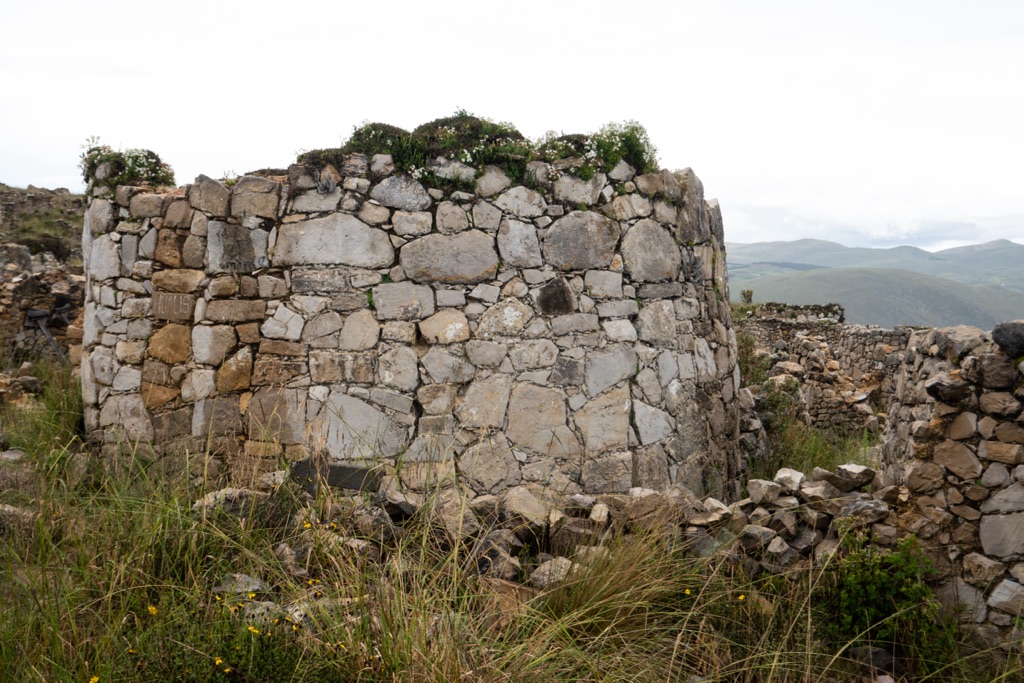
The construction methods of Tunanmarca reflect the Xauxa’s expertise in stone masonry. They carefully selected and shaped stones to fit together tightly. This technique provided stability and durability to the structures. The lack of mortar is typical of pre-Columbian Andean architecture, relying on precise stone-cutting for structural integrity.
Architectural highlights of Tunanmarca include its defensive walls and gates. These features suggest the site was well-protected against potential invaders. The layout of the city, with its narrow streets and strategic vantage points, also indicates a planned urban design with defense in mind.
The materials used in Tunanmarca’s construction were sourced locally. The stone was likely quarried from nearby outcrops, reducing the need for long-distance transport. This local sourcing is consistent with Andean building practices, which often utilized readily available materials.
Despite the site’s ruinous state, the remnants of Tunanmarca provide a clear picture of its original form. The circular structures, combined with the defensive features, paint a picture of a community that valued security and had a strong cultural identity. The site’s preservation allows for ongoing study and appreciation of its architectural significance.
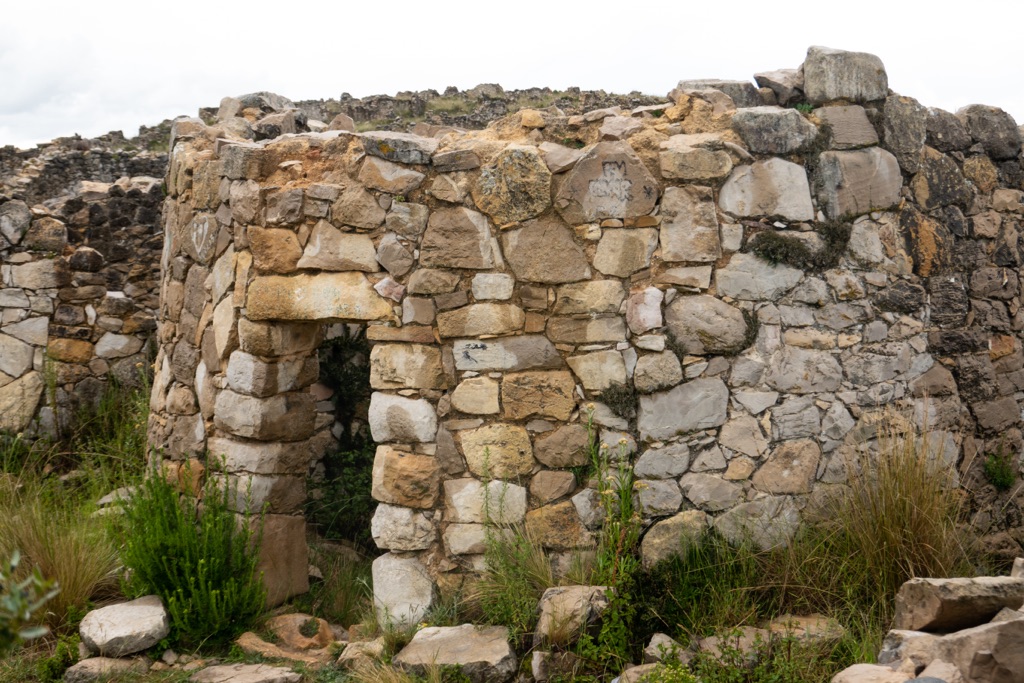
Theories and Interpretations
Several theories exist about Tunanmarca’s purpose and the lifestyle of its inhabitants. Some suggest it was a ceremonial center, while others believe it was primarily a defensive stronghold. The presence of storage facilities indicates it may have been a hub for regional trade and agriculture.
The mysteries of Tunanmarca include the reasons behind its eventual abandonment. Some theories point to the Inca conquest, while others suggest environmental changes or internal conflict. The site’s isolation has left many questions unanswered, with archaeologists relying on limited historical records for interpretation.
Matching Tunanmarca to historical records is challenging. The Xauxa culture did not leave written documents. Archaeologists must interpret the site through artifacts and the oral histories of local communities. These interpretations help piece together the cultural narrative of the region.
Dating of Tunanmarca has been carried out using methods such as radiocarbon dating and stratigraphy. These techniques have helped establish a timeline for the site’s occupation and use. However, the exact dates remain subject to ongoing research and debate.
The theories and interpretations of Tunanmarca continue to evolve as new discoveries are made. Each finding adds to the understanding of this complex site. It highlights the intricate history of pre-Columbian societies in the Andes.
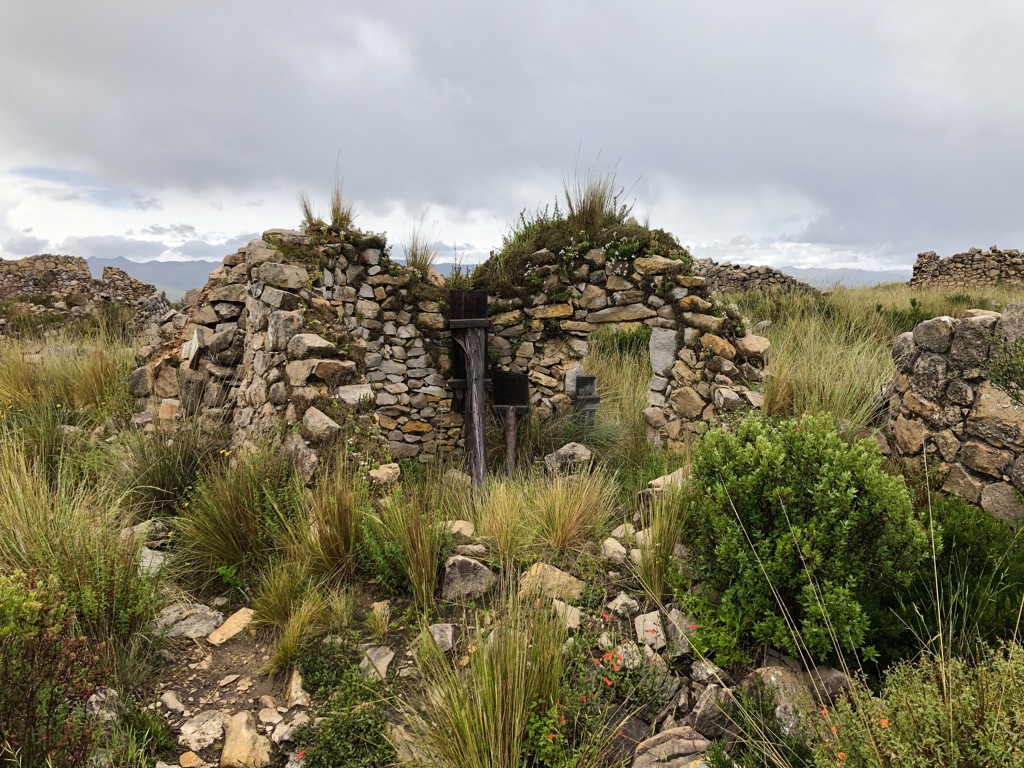
At a glance
Country: Peru
Civilization: Xauxa people
Age: Late Intermediate Period (1000-1400 AD)
Conclusion and Sources
The information in this article has been obtained from the following reputable sources:
- Wikipedia: https://en.wikipedia.org/wiki/Tunanmarca
- Wikipedia: https://en.wikipedia.org/wiki/Jauja

